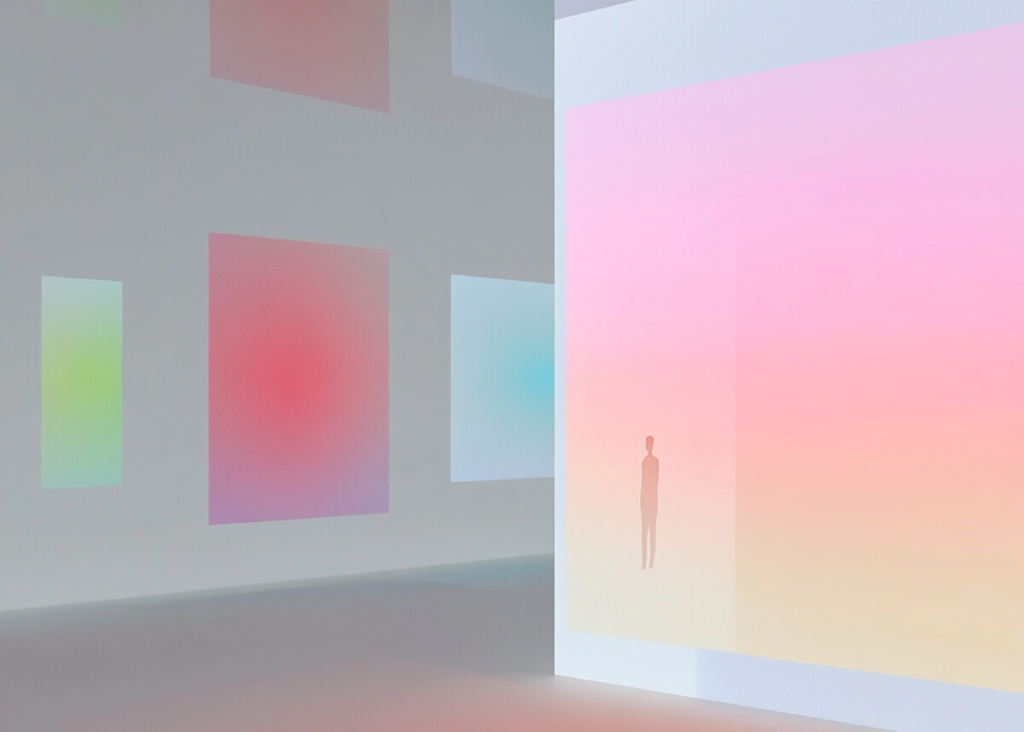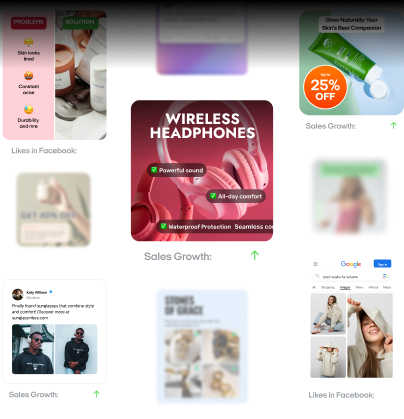Banner ads across 7 formats: From static to pop-ups
Master banner ads in 7 formats! From simple visuals to dynamic pop-ups, learn how each type captures attention and increases conversions.
Everywhere you browse online — news sites, apps, shopping platforms, you’ll see banner ads. These clickable visuals are the web’s billboards, designed to capture attention and drive action. Banner advertising is one of the oldest forms of digital marketing, yet it remains essential because it’s measurable, versatile, and easy to scale across audiences.
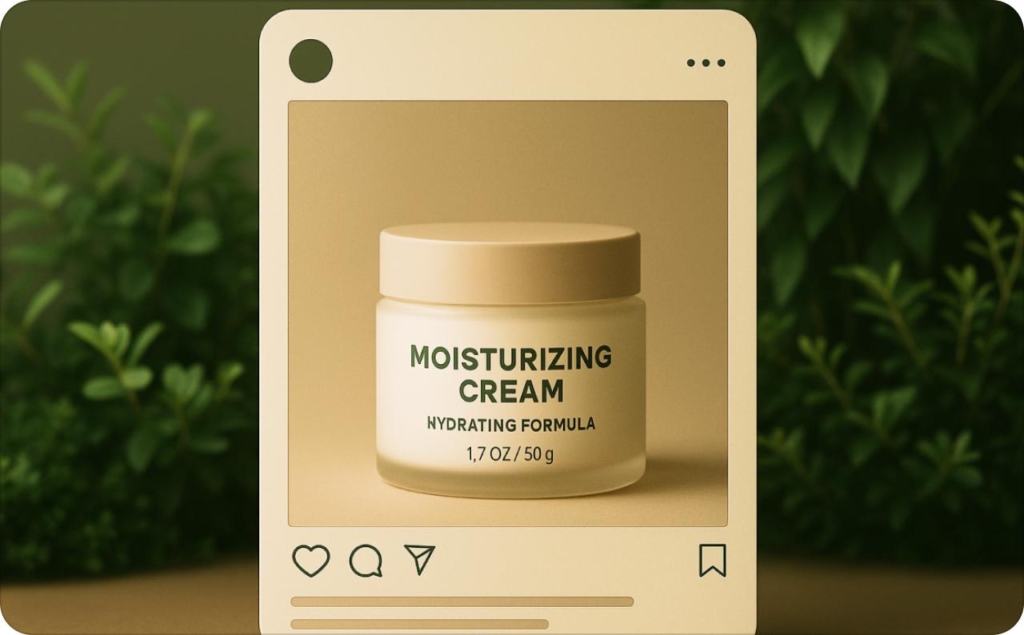
What is banner advertising?
Banner advertising is a form of digital display marketing where clickable images or graphics promote a brand, product, or service across websites and apps. In simple terms, it’s the online version of a billboardб built to drive awareness and clicks. Banner ads remain effective because they’re measurable, versatile, and easy to scale.
How banner ads work
When someone loads a page, a split-second auction decides which banner they see. Behind the scenes, an ad exchange runs a real-time bidding process: advertisers place bids through a DSP, while publishers make space available through an SSP. The winning bid is passed to the ad server, which delivers the banner in milliseconds.
Most banner ads now move through this programmatic system and it’s growing fast. Programmatic ad spend is projected to pass US $200 billion by 2026, showing how deeply automated buying has become part of digital advertising.
Types of banner ads
Banner ads come in several formats, each suited to different goals. Here are the core types, with what they’re best for and key guardrails to keep in mind.
Static banner ads
Static banner ads are single-image display ads designed to fit standard placements such as 300×250 or 728×90 pixels. They don’t move or animate, which keeps file sizes small and ensures quick loading. For example, a static shoe ad can appear in the sidebar of a shopping site, reminding visitors of a product they viewed earlier.
Static banner ads are most often used for awareness campaigns and retargeting. Their strength lies in repetition and clarity, consistently putting a brand or product in front of the right audience. To maximize results, keep designs clean, use strong branding, and refresh creative regularly so it doesn’t blend into the background.
Static banner ads are effective because they’re simple, scalable, and work well across large ad networks.
Pros
- Load quickly and fit most ad placements
- Easy to design and scale across campaigns
- Strong for retargeting and recall
- Low cost compared to rich media formats
Cons
- Limited engagement
- Risk of “banner blindness” if not refreshed often
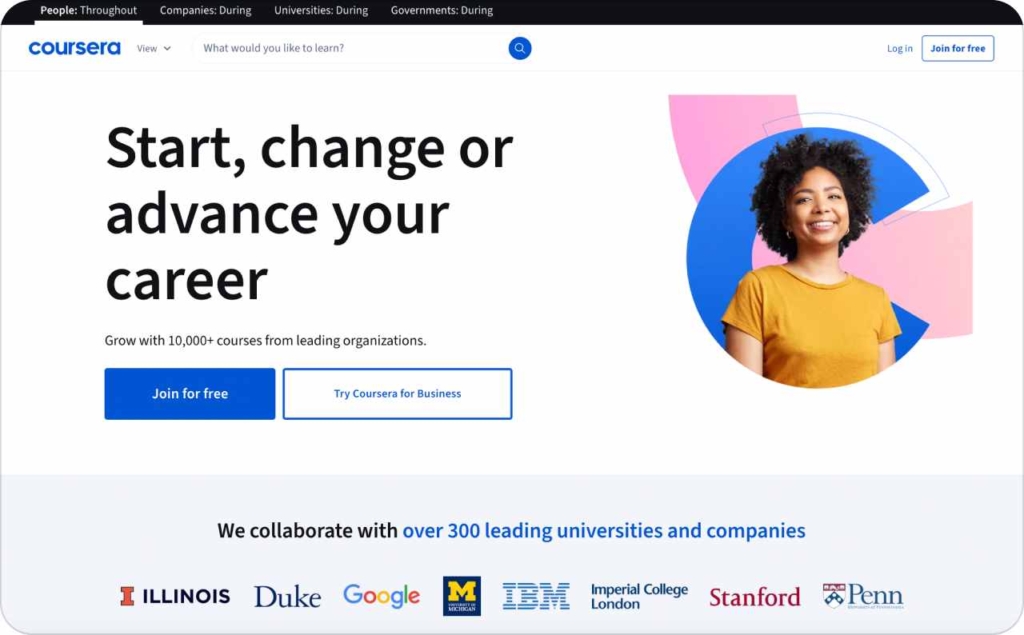
Photo source: Coursera
Animated / HTML5 banner ads
Animated or HTML5 banner ads use motion or light interactivity, like swipe, hover, or slide effects, to draw extra attention. They can showcase multiple messages within one placement. For example, a skincare brand might use an animated banner to reveal a before-and-after result in a smooth transition.
These ads are best for highlighting product features or telling a short story within limited space. Motion helps guide the eye and keeps the experience dynamic. To maximize impact, keep animations subtle, design for mobile responsiveness, and ensure loading doesn’t slow down the page.
Animated banner ads are effective because they stand out more than static formats while still being lightweight and widely supported across ad networks.
Pros
- Capture attention through movement
- Can cycle through multiple messages in one placement
- More engaging than static without heavy costs
- Mobile- and cross-device friendly with HTML5
Cons
- Overuse of motion can distract or annoy users
- Larger file sizes if not optimized
- Require more design and QA effort than static ads
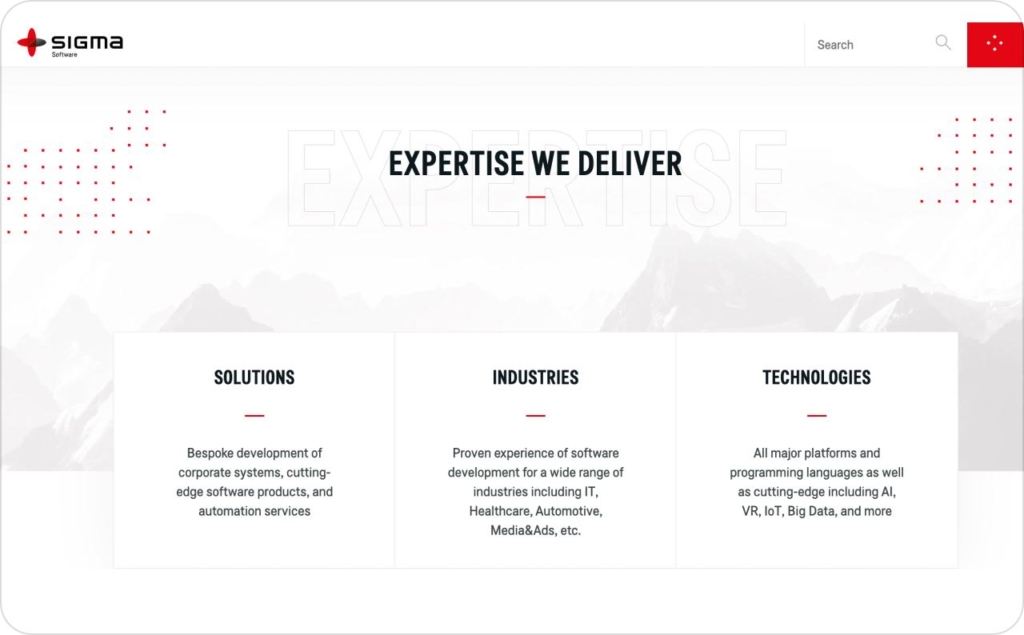
Photo source: Sigma Software
Video banner ads
Video banner ads embed short video clips directly into standard banner placements. They combine motion, sound, and storytelling power in a compact space. For example, a streaming service might run a 15-second trailer inside a 300×250 unit to tease a new series.
These ads are best for engagement-heavy campaigns, storytelling, or entertainment launches. Video delivers emotion and depth in ways static or animated banners can’t. To maximize results, always design with mobile in mind: start muted, include captions, and keep the file size lean for fast loading.
Video banner ads are effective because they increase time-in-view, boost click-through rates, and deliver brand narratives in seconds. It’s no surprise that digital video is set to capture nearly 60% of total TV and video ad spend by 2025, underscoring how central video has become in modern campaigns.
Pros
- Highly engaging and attention-grabbing
- Effective for storytelling and emotional impact
- Can improve click-through and conversion rates
- Works well for product demos and launches
Cons
- Heavier file sizes than static/animated formats
- Must be optimized for mobile and slower connections
- Risk of poor user experience if autoplay is intrusive
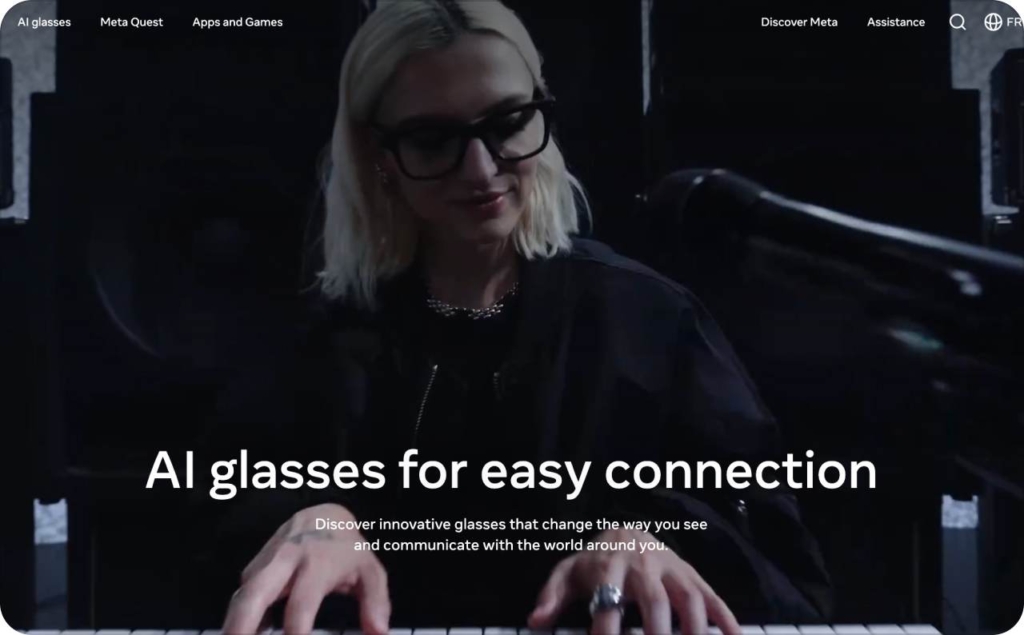
Photo source: Meta
Expandable banner ads
Expandable banner ads start as a standard-sized placement and then grow larger when a user clicks or hovers. This expansion creates extra space for interaction, such as image galleries, product demos, or step-by-step explainers. For example, a car brand might use an expandable banner that opens into a 728×600 panel with a 360° interior view.
These ads are best for interactive product demos or deeper storytelling without forcing a site visit. They let users explore more while staying on the page. To work well, expandable banners must load quickly, cap how often they appear, and always include a clear close button for user control.
Expandable banner ads are effective because they combine high engagement with the convenience of staying in the current browsing session.
Pros
- Offers rich, interactive experiences
- Lets users explore without leaving the site
- Higher engagement than standard formats
- Strong fit for product-focused campaigns
Cons
- Heavier assets can slow performance if not optimized
- Requires thoughtful design for usability
- Risk of annoyance if frequency caps are ignored
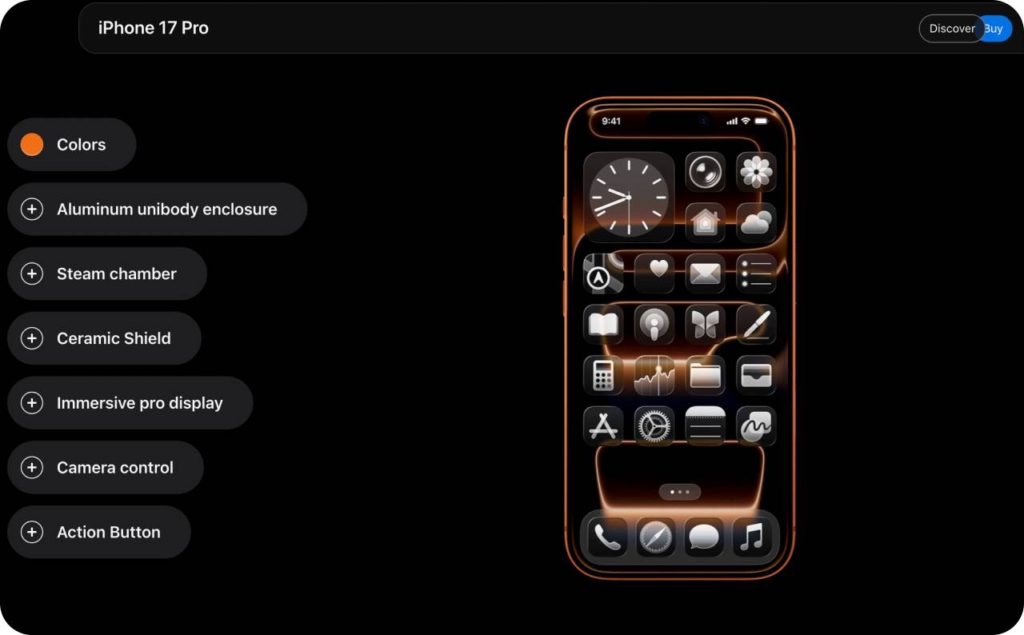
Photo source: Apple
Lightbox ads
Lightbox ads begin as a standard display unit and expand into a full-screen overlay when a user clicks or hovers. They’re built to be immersive, often combining video, image galleries, or interactive elements in a single ad experience. For example, a travel brand might use a lightbox ad that opens into a panoramic destination video with a “Book Now” button.
These ads are best for brand storytelling and high-attention experiences where users are willing to engage longer. Because they feel closer to a mini landing page, they work well for products or services that benefit from visual depth. To protect the user experience, they should trigger only on deliberate action and be frequency capped.
Lightbox ads are effective because they merge the reach of display with the depth of an owned experience without forcing a site redirect.
Pros
- Highly immersive and visually rich
- Combines multiple media types in one ad
- Encourages deeper engagement and dwell time
- Strong for storytelling and product showcases
Cons
- Requires high-quality creative assets
- Can fatigue users if shown too often
- Heavier load times if not optimized
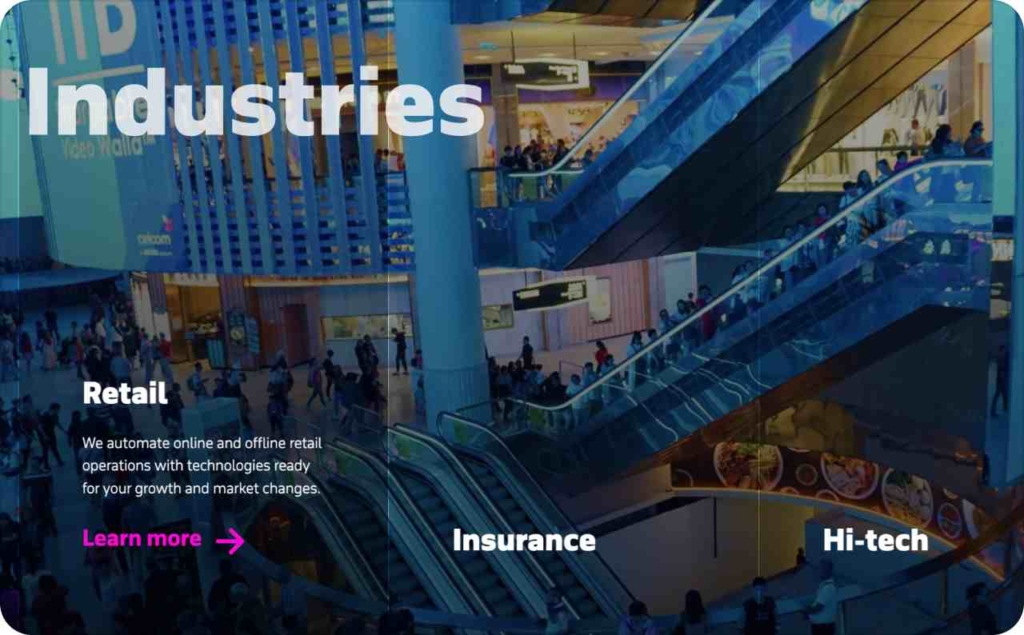
Photo source: Itransition
Interstitial ads
Interstitial ads are full-screen placements that appear during natural breaks, such as between page loads on mobile web or transitions inside an app. Because they cover the entire screen, they capture full attention for a short period. For example, a gaming app might display an interstitial ad between levels to promote another game download.
These ads are best for mobile app monetization or major promotions where visibility is critical. When used thoughtfully, they can deliver strong engagement without requiring users to leave the experience. To maintain trust, interstitials should respect platform rules, appear sparingly, and always include a skip or close option.
Interstitial ads are effective because they provide guaranteed visibility and high impression value, but only when balanced with user control.
Pros
- Full-screen impact and visibility
- High engagement rates in short bursts
- Strong for app monetization and big campaigns
- Can include static, animated, or video creative
Cons
- Easily disruptive if overused
- Can trigger negative user reactions if unskippable
- Must align with strict platform ad policies
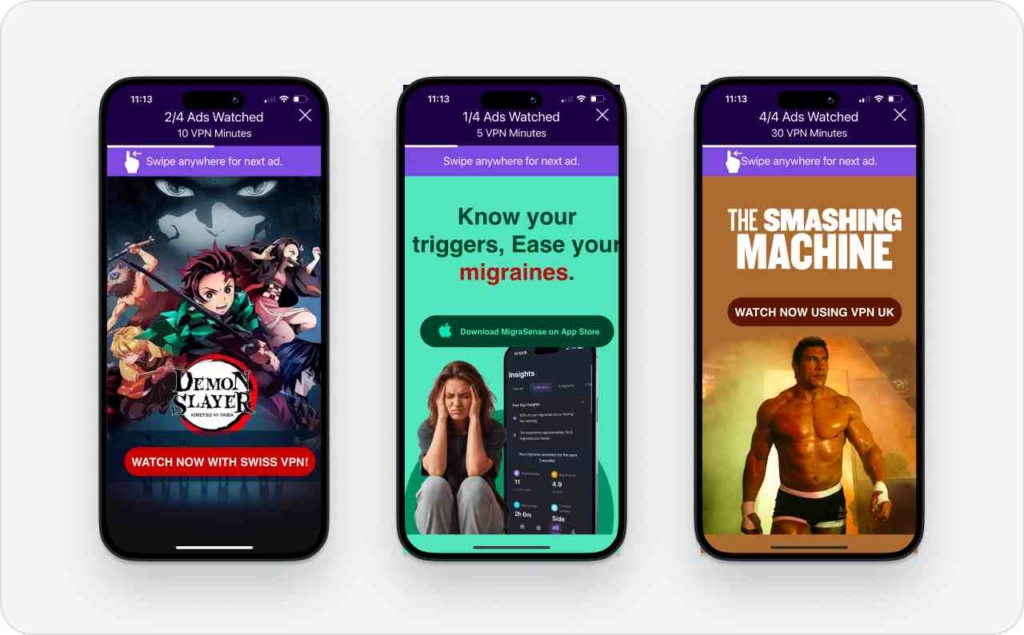
Photo source: Free VPN
Pop-up banners
Pop-up banners are ads that open in a separate browser window or as an overlay on top of the main page. They interrupt the user’s current view to deliver a message, often tied to time-sensitive promotions. For example, an e-commerce site might use a pop-up banner offering a 20% discount code valid for the next hour.
These ads are best for rare, high-urgency use cases such as limited-time offers or countdown-driven sales. Because they disrupt the browsing flow, they should be used sparingly and only when the message justifies the interruption. Ad networks and browsers often restrict them, so compliance with ad policies is critical.
Pop-up banners can be effective when urgency is real and value is clear, but they carry a high risk of user frustration.
Pros
- Highly visible and hard to miss
- Strong fit for urgent, time-limited promotions
- Can drive quick conversions when used correctly
Cons
- Often seen as intrusive or annoying
- Blocked by many browsers or ad settings
- Shouldn’t be relied on for long-term campaigns
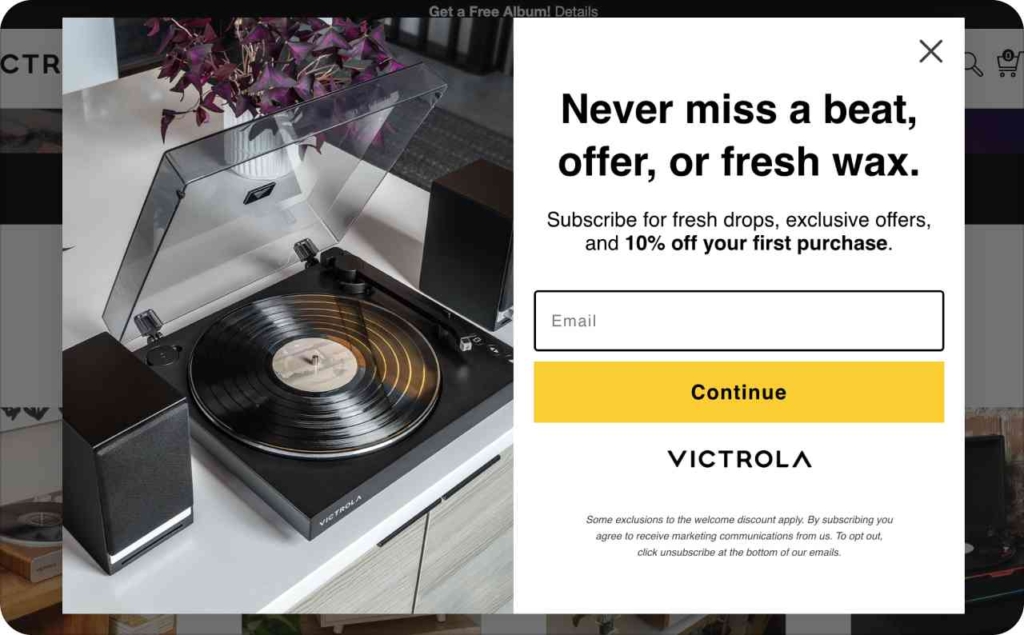
Photo source: Victrola
When to use which banner ad format
Choosing the best banner ad format for your use case comes down to the campaign goal.
| Use case | Best format | Why it works |
| Product launches | Video banner ads | Delivers storytelling and grabs attention with motion. |
| Promotions and discounts | Pop-up banners | Spotlights limited-time offers with urgency. |
| Lead generation / gated content | Expandable banner ads | Provides space for forms or previews without forcing a redirect. |
| Free trials and demos | Lightbox ads | Creates immersive, on-page walkthroughs that drive sign-ups. |
| Reminders and retargeting | Static banner ads | Lightweight, scalable units that reinforce recall and conversions. |
Programmatic & retargeting basics
Retargeting banner ads work by following a simple but powerful workflow. When a user visits your site or app, a small tracking pixel or cookie records their activity. That user is then added to an audience list inside a DSP. Later, when the same person browses another site within the ad exchange, a programmatic auction runs in milliseconds. Your dynamic remarketing creative, often showing the exact product or offer they viewed, competes to be served. Because these ads target people already familiar with your brand, they deliver stronger engagement, higher click-through rates, and improved conversion rates.
Retargeting is one of the most cost-efficient uses of display because it narrows the audience to users who’ve already signaled intent, making every impression more valuable.
UX & accessibility guardrails
Meeting the Better Ads standards for banners is about protects user trust. Poor experiences can tank performance and even get campaigns restricted. Use this checklist to stay on the right side of both UX and accessibility.
Checklist
- Avoid intrusive formats → Don’t overuse interstitials or pop-up banners; they’re flagged as disruptive if frequent, unskippable, or auto-triggered
- Pause / stop / hide controls → Any motion, video, or expandable unit must include clear options to pause, stop, or close
- Respect load & frequency → Cap impressions, follow polite load for animations, and keep assets lean for quick display
- Text contrast → Ensure at least a 4.5:1 color contrast ratio so text is readable for all users
- Accessible interactions → Buttons, taps, and close icons should be large enough for mobile touch targets
- User choice first → Expansions should only trigger on deliberate user action like click or hover
Why you need an AI ad generator for banner ads creation
Creating effective banner ads has always been time-intensive: design cycles, copy approvals, endless resizing for platforms. That’s where the Zeely app comes in. Zeely is an AI ad generator built to automate static ads, video ads, and even campaign setup. Instead of weeks of manual work, you can produce automated ad creation that’s ready to test in minutes.
Benefits of using Zeely for banner ads
- Save time → Generate static or video ads instantly, without design or editing skills
- Boost ROI → Build high-converting static ads tailored to your product and audience, backed by data-driven templates
- Easy ad creation → From text to visuals, Zeely simplifies the process into a few guided steps
- Scalable advertising → Launch multiple variations across formats, platforms, and audiences, no bottlenecks
- Campaign automation → Run ads directly, with built-in smart optimization to stretch your budget further
- Seamless integrations → Connect with Meta and Shopify for smooth product syncs and instant campaign launches
- Consistent branding → AI ensures your look and tone stay on point across every banner
- Accessible to anyone → You don’t need a marketing team; small businesses and solo founders can compete at scale
By removing friction, the Zeely app shifts banner ad creation from a chore into a quick growth lever. Automated ad creation means you’re no longer stuck outsourcing or juggling multiple tools.
In a competitive market where every click counts, try our AI ad generator. Zeely gives you speed, scalability, and smarter campaigns in one place. For any business that wants to save time and boost ROI, the Zeely app is the must-have tool to make banner advertising effortless.
Conclusion
Banner advertising has evolved from simple static images into a versatile ecosystem of formats, targeting methods, and programmatic delivery. Whether you need broad awareness, high-impact storytelling, or precise retargeting, there’s a banner format designed to meet the goal. The key is balancing creativity with user experience, respecting standards, keeping designs accessible, and choosing formats that match intent.
With automation and AI now reshaping the space, tools like the Zeely app make it possible to create, launch, and scale campaigns in minutes, not weeks. That means more time saved, stronger ROI, and banner ads that work harder for your business.
Also recommended
